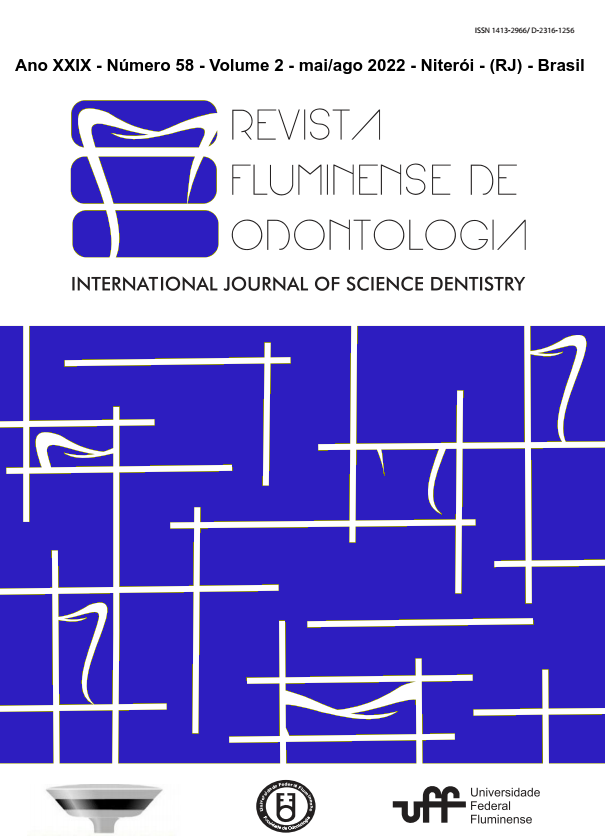ANÁLISE COMPARATIVA ENTRE TÉCNICAS CIRÚRGICAS DE ENXERTIA ÓSSEA EM REABILITAÇÃO DE MAXILA ATRÓFICA: TRANSPLANTE CELULAR ODONTOLÓGICO (TCO) E TÉCNICA CONVENCIONAL DE ENXERTIA ÓSSEA: RELATO DE CASO CLÍNICO
DOI:
https://doi.org/10.22409/ijosd.v2i58.54841Resumo
A reabilitação de maxila atrófica se apresenta ainda nos dias de hoje como um desafio anatômico/fisiológico para os profissionais da área odontológica que visam buscar a instalação de implantes para futuras reabilitações protéticas, tendo em vista o grau de dificuldade de reconstituição do rebordo alveolar perdido. Com o intuito de reabilitar essas maxilas frente às adversidades, diferentes técnicas são propostas tais como enxertos ósseos autógenos, homógenos, substitutos ósseos alógenos, xenógenos e aloplásticos e suas respectivas técnicas. O objetivo deste trabalho foi apresentar um relato de caso clínico, no qual duas técnicas de reconstituição de rebordo alveolar de hemi-arco foram realizadas na mesma maxila utilizando biomaterial em bloco, visando comparar os resultados histológicos e clínicos. Após 5 meses da realização da enxertia, foi coletado material dos enxertos alveolares bilateralmente utilizando-se brocas trefinas para estudo histológico. Através da metodologia empregada, pode-se observar maior formação de estrutura óssea no lado em que foi praticada a metodologia transplantes celular odontológico (TCO), que preconiza a associação de sangue medular mandibular ao biomaterial, em relação a técnica contralateral em que utilizou a metodologia convencional, que preconiza a associação ao biomaterial do sangue periférico. Pode-se observar através da metodologia empregada que a utilização de biomateriais potencializados com sangue medular mandibular apresentou maior crescimento de estrutura óssea, incrementando em torno de 35% a mais na neoformação.de osso vital.
Palavras-chave: biomateriais; enxerto ósseo; estudo clínico; exame histológico; elevação do seio maxilar; maxila, implantes dentários; regeneração óssea guiada; transplante ósseo odontológico.


